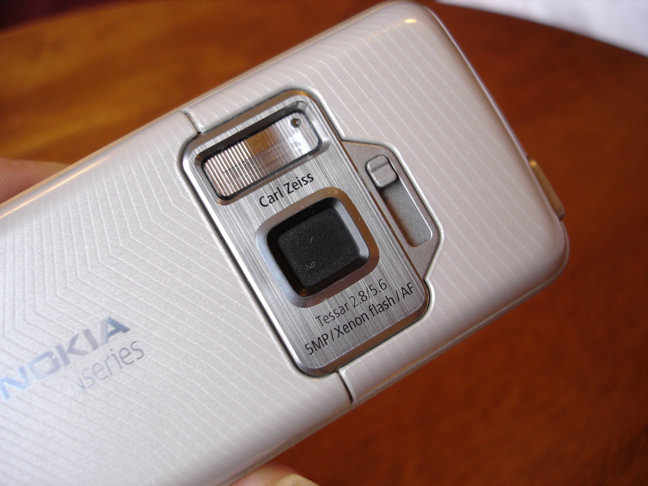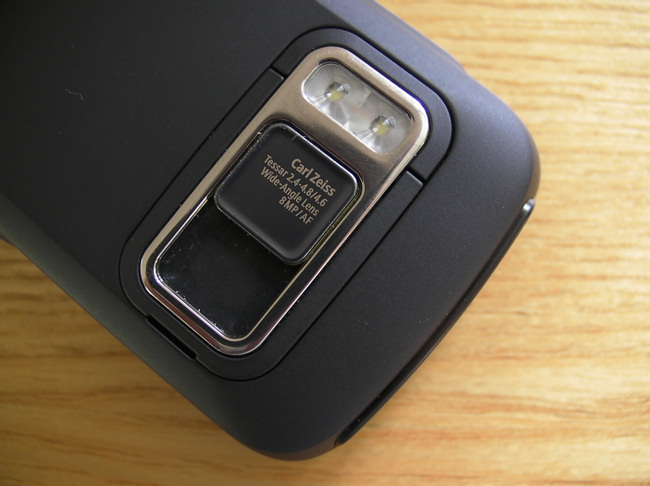It's all part of the drive to thinner and thinner devices, of course. Nokia will tell you that the lack of a mechanical camera glass protector in the N8 was also because it also wants to make sure that 'augmented reality' applications can be up and running with camera images without any tedious merry go round with manually opening a shutter. But it's keeping the device thinness down that's the real reason.
And indeed if you look across the wider smartphone world, I can't think of ANY 2010 or 2011 devices, running ANY OS and HOWEVER highly rated their camera modules are supposed to be, which have protection for their camera glass (actually, almost always a toughened, optically-enhanced plastic). It's true that some devices have the camera glass more 'recessed' than others and that this keeps the worst dirt away, but you'll still end up with dust in the way of your photos.
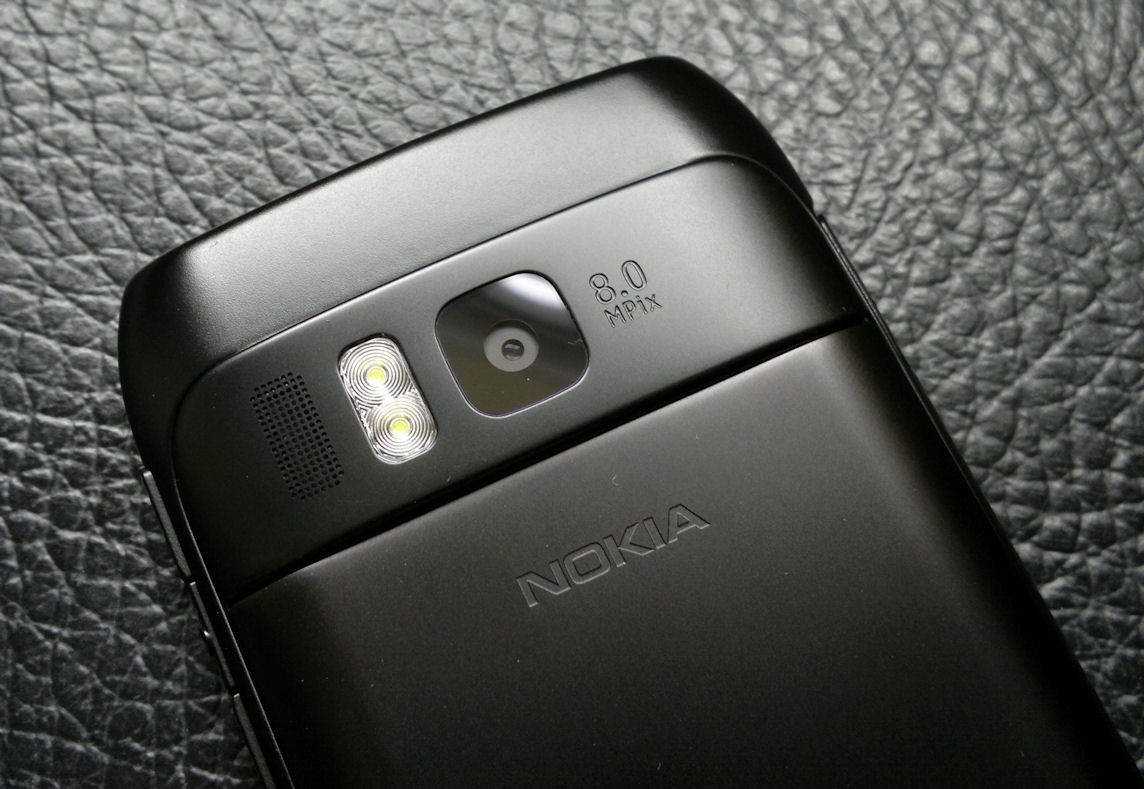
In the Nokia and Symbian world we have (from the Symbian^3/Anna range) the N8 (minimal recessing), the E7 (no recessing), the C7 (minimal recessing), the C6-01 (ditto), the E6 (no recessing) and the X7 (ditto). Looking further back in time we have (from the S60 5th Edition range) the N97 mini, the 5800, the X6, the 5530, the C6-00 and others, all with very exposed camera glass.
Oh yes, and the ill-fated N97 (classic), with an attempt at a proper mechanical protection system for its camera glass. I say 'attempt' because early production models had an annoying tolerances fault that resulted in the protection mechanism actually damaging the glass it was supposed to protect. Just one example of the N97 shooting itself in the foot - but that's another editorial rant for another day!
And the Sony Ericsson Satio, combining both proper camera protection with a rather good 12 megapixel camera and Xenon flash. The Satio didn't sell that well because of Sony Ericsson's clunky UI additions to the already clunky S60 5th Edition code, but hey, at least your photos weren't blurred by grease on the lens...
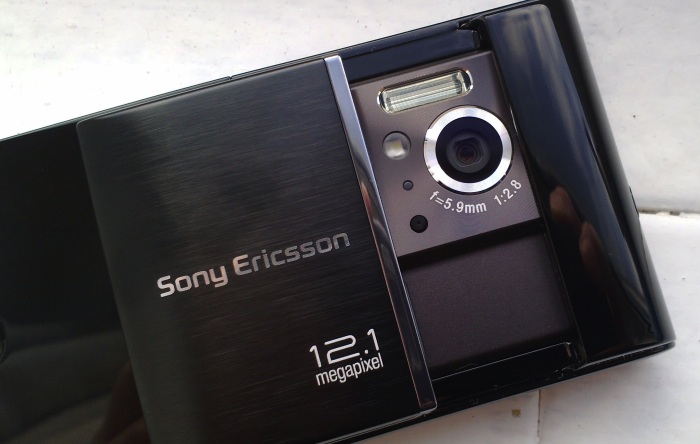
But let's look back further.
I recently highlighted the rather numerous virtues of the Nokia N86, the last in the great 'N95' line of devices, which has a superb sliding camera glass protective shutter. But in fact this device isn't alone. The N85, the underspecified prototype for the N86, also has a camera protector. As does its candybar sister smartphone, the N79. The Samsung G810, which sold in its millions hundreds due to being horrifically chunky and actually not that good, had a heavyweight protection mechanism that was second to none.
Then there's Nokia's famous two S60 3rd Edition FP1 imaging flagships (for their time), the N95 (classic) and N82, both of which had great mechanical protective sliders. Going back even further, we have the N93, which had a clip-on plastic cover for its camera barrel - which then got lost a few weeks after purchase, I suspect. And then the N73 and others with much of the back of the phone sliding down to reveal the camera glass.
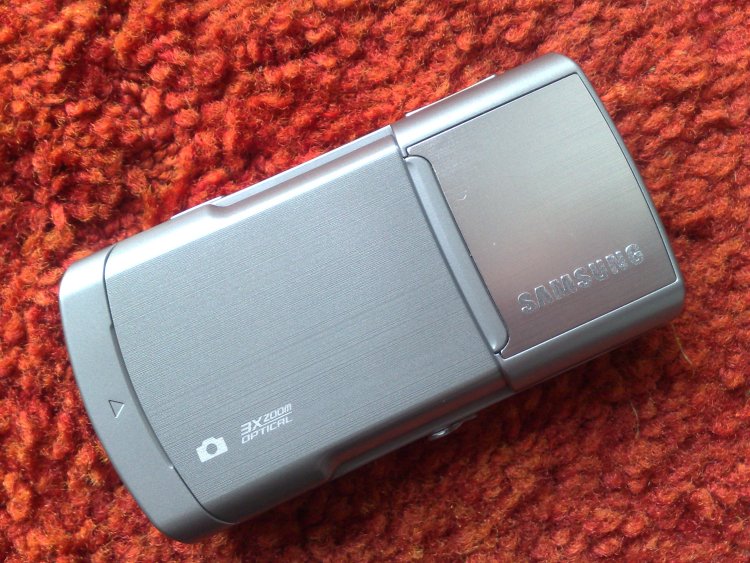
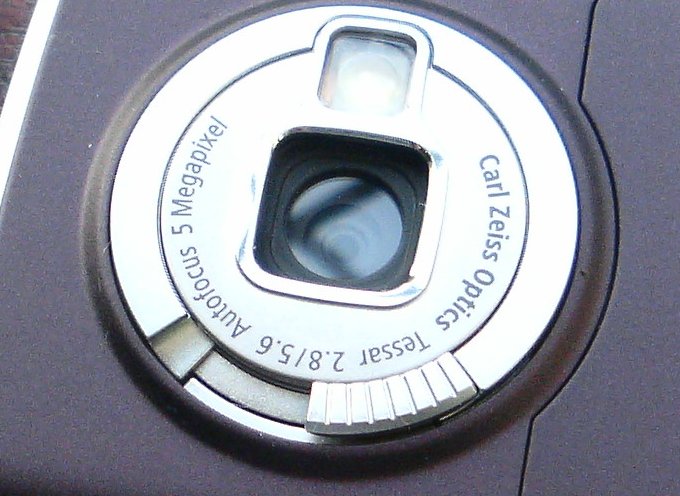
In the great litany of Symbian phones, then, a fairly small number of devices with any kind of protection for their vulnerable camera glass. Which is a huge shame. On the N95, the N82 and the N86, in my case, being able to launch the device's Camera application (even from a keylocked state) just by flicking open a shutter on the back of the phone is a very camera-like and convenient (and underrated) way to operate.
Add in the tremendous freedom you get in general use by being able to handle the device how you like without worrying about putting your fingers in the wrong place. And without having to keep stopping to clean the camera glass before each photo with a t-shirt which is probably adding as much dust and dirt as you hope it's removing.
Yes, I'm all for compactness in a phone design. But the recent thin-thin-thin trend has had several disadvantages and this is one of them - there's no scope now for the designer to squeeze in something to slide over the camera. And to my mind, that's a flaw.
In fact it was one of the major reasons I kept going back to the Nokia N97, despite its other flaws. And it's one reason I kept going back to the N82 time and time again. I was even eyeing up the ancient N95 in my drawer. And it's the no. 1 reason why my main SIM has been in my two year old Nokia N86 for the last two weeks, out and about, busy in the real world and not wanting to have to molly coddle my smartphone's delicate camera glass unduly.
I realise that I'm a bit of a photo-geek and perhaps a little obsessed with these issues, but surely I can't be totally alone? Many tens of millions of smartphone owners across the world are being hugely inconvenienced on the photography front by these design decisions by manufacturers. Even if they're not aware of the issue, they'll notice that their photos come out somewhat blurry and unsatisfying and will think that their phone camera just isn't any good. When, half the time, with a clean camera glass, it can be.
Comments welcome - do you agree that mechanical camera glass protection is overdue for a comeback in smartphone designs?*
Steve Litchfield, All About Symbian, 4th August 2011
* Hey, the extra 1mm or so thickness could be extended along the length of the back of the phone to, ooh, I don't know.... put in a bigger battery? Seems an obvious way to go from my point of view...

